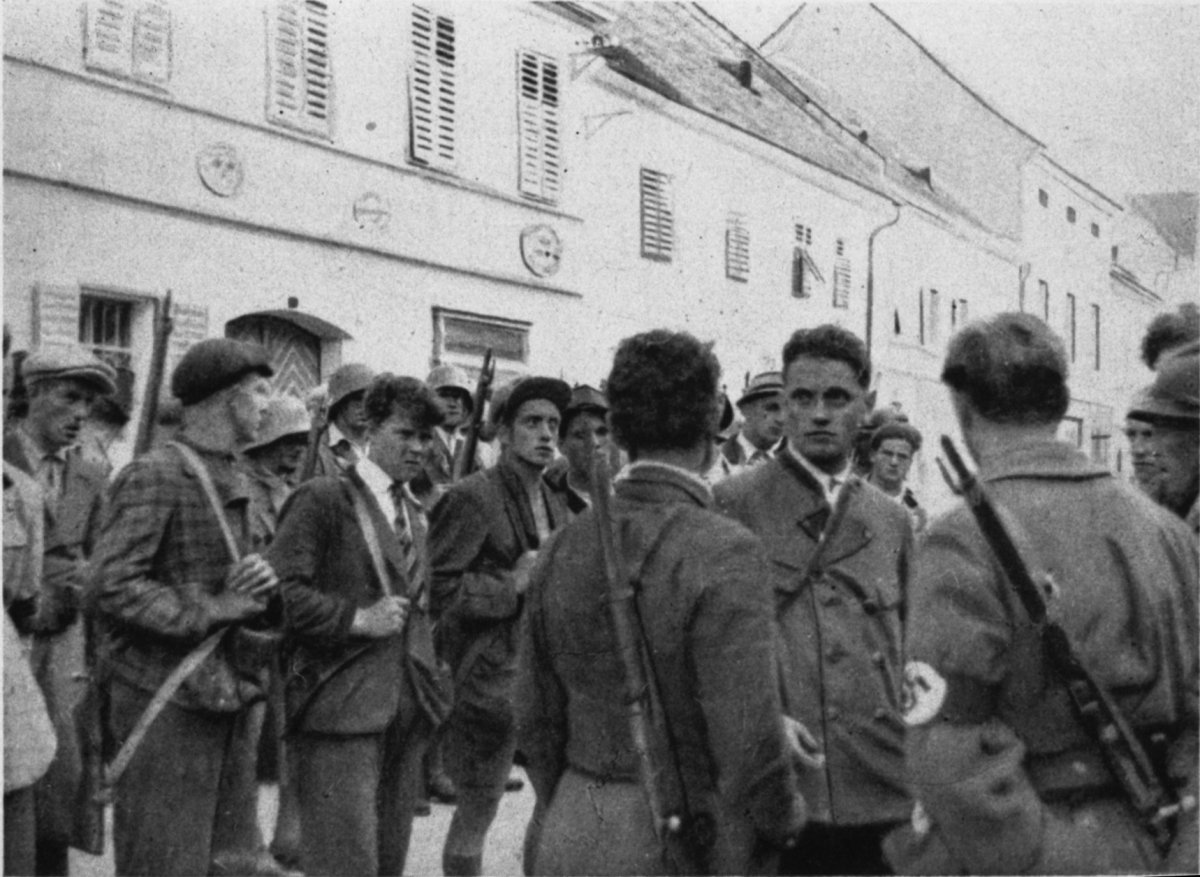Who were the illegal Nazis? Collective biographical (prosopographical) and social structural studies on Nazism in Austria 1933-1938
Project Funding: Future Fund of the Republic of Austria, P15-1960
Project Duration: 01.04.2015–31.10.2017
Project Lead: Kurt Bauer
It is only by identifying as precisely as is possible those who were Nazis that one can give a meaningful and convincing answer to the question of why they were Nazis.
Detlef Mühlberger, Hitler’s Followers, p. 207.
Fascinated by the seemingly unstoppable rise of the Nazi movement in Germany and the influential social promise of a forthcoming “Volksgemeinschaft,” hundreds of thousands of Austrians in the early 1930s became enthralled by Nazi ideology. Particularly in its social appeal, National Socialism surpassed all other political movements. For a time, a movement of considerable social breadth emerged. The desperate efforts of the Austrian “Ständestaat” to develop a countermodel based on Catholic authoritarianism were in vain. Even the Social Democrats, banned since February 1934, could do little to counter the alarming exodus of disappointed followers to the National Socialists.
The aim of the project is to create a social profile of the generations that turned to National Socialism in Austria between 1933 and 1938. While the National Socialist momentum quickly dissipated after the “Anschluss,” in the period before (“Verbotszeit, the “prohibition era”), the entire spectrum of motives and arguments pointing to National Socialism can be interpreted without hindrance. The project seeks to reveal which social and age groups, milieus, and strata, as well as in which regions, National Socialism was particularly attractive and how the National Socialist mass mobilization worked.
Several databases were available for the realization of the project. These databases contain information on more than 15,000 individuals generated from the records of Austrian security authorities (General Directorate for Public Security, BKA-Interior). They primarily include data on National Socialist detainees in Austrian detention camps from 1933 to 1938 (approximately 8,400 individuals), as well as around 2,500 participants in the National Socialist July Putsch of 1934 and approximately 1,300 illegal National Socialists from Vienna between 1933 and 1938.
A database of about 3,100 Social Democratic and Communist detainees was also evaluated as part of the project. This analysis helps to determine whether and what differences and overlaps in terms of social structure, generation, religion, etc., existed between these opposing political directions.
The project was started at the Ludwig Boltzmann Institute for Historical Social Sciences (LBIHS) and completed at the Ludwig Boltzmann Institute for History and Society (LBIGG) from 1 July 2017.
